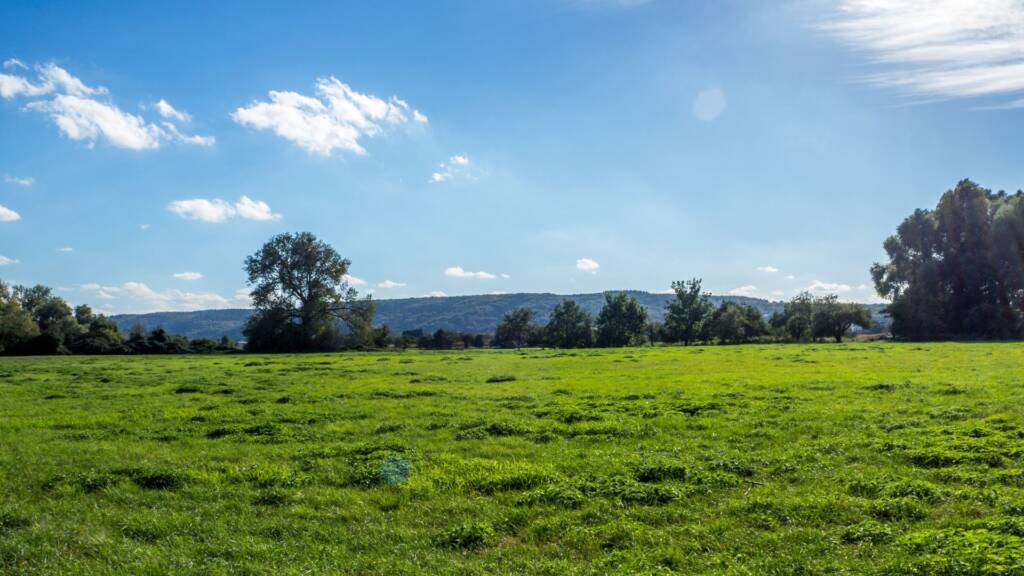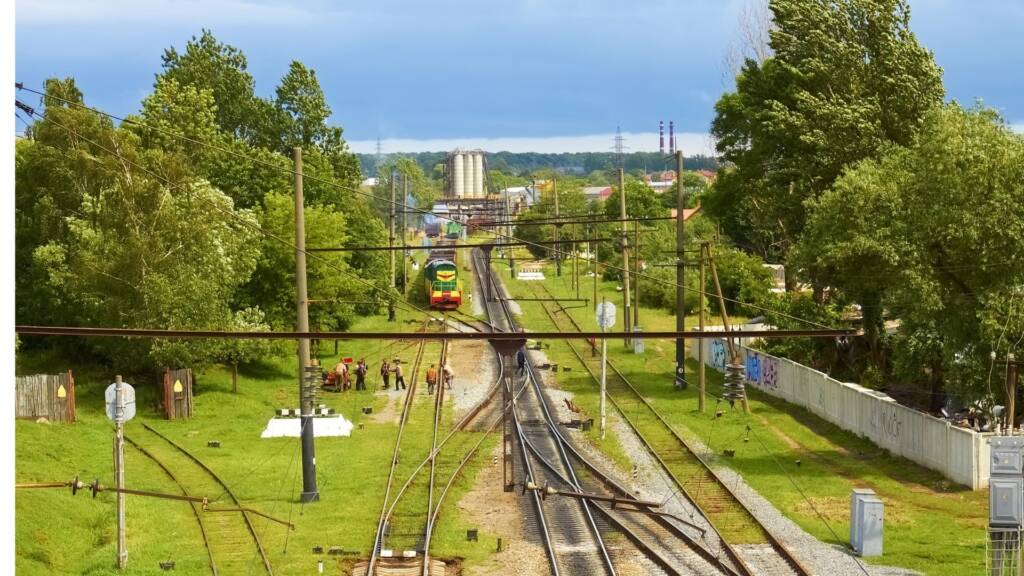Greenfield development is more than just an opportunity for growth—it’s a chance to shape the future of commercial real estate in a way that benefits both businesses and communities. These undeveloped plots of land, often found on the outskirts of cities, hold immense potential for creating new commercial spaces, from office buildings to retail centers and warehouses. But with that potential comes both promise and challenge. Let’s take a closer look at how greenfields are influencing commercial real estate development and why they remain such a key factor in our urban landscapes.
1. What Exactly Are Greenfields?

In simple terms, greenfields are pieces of land that haven’t been built on before. Located usually in rural or suburban areas, these sites are undeveloped, with no prior buildings or industrial use. For commercial developers, greenfields offer a unique opportunity to design and build projects from the ground up, without the constraints of pre-existing structures or contamination concerns, unlike brownfield sites (land once used for industrial purposes).
The appeal of these blank slates is undeniable: they allow for flexibility in design, meaning developers can create modern, purpose-built commercial spaces that cater to today’s needs.
2. Boosting Economic Growth

Greenfield developments play a crucial role in fueling economic growth. As cities and industries continue to expand, there’s a growing need for new spaces that can accommodate everything from offices to distribution centers. Building on greenfields is a way to meet this demand while also boosting the local economy by providing jobs and supporting industries that rely on commercial properties.
For example, the construction of a large business park on greenfield land can attract several companies, creating a ripple effect that benefits surrounding areas. It can bring in service providers, retail options, and infrastructure improvements, ultimately enhancing the area’s economy and quality of life for residents.
3. Infrastructure: The Foundation of Greenfield Development

Building on greenfields means starting with nothing—no roads, no utilities, no buildings. This can be both a challenge and an opportunity. Developers need to invest in creating the infrastructure that will support the new commercial spaces, including roads, sewage systems, and utilities like water and electricity. While this is an upfront investment, it also gives developers the chance to build with sustainability in mind, ensuring modern, efficient infrastructure from the beginning.
But it’s not just about the physical aspects. Zoning regulations, which determine how land can be used, must also be carefully considered. Local governments often set strict rules on how greenfield land can be developed. Developers must navigate this red tape to ensure their projects align with the long-term plans of the municipality while also meeting market demands.
4. Sustainability: A Key Priority for Greenfield Developments

Today’s greenfield developments are no longer just about creating commercial spaces—they’re about doing so sustainably. As environmental concerns continue to grow, there is an increasing focus on eco-friendly building practices. This includes using renewable energy sources, minimizing waste, and incorporating green spaces that support biodiversity.
Since greenfields don’t carry the same legacy issues as brownfield sites, developers have the unique chance to create spaces with sustainability built into the very foundations. For instance, energy-efficient buildings, renewable energy integration, and green infrastructure are all possible from day one. This approach helps not only the environment but also attracts tenants who are focused on reducing their own environmental footprints.
5. Challenges of Developing Greenfields

Of course, developing greenfields isn’t without its challenges. One of the biggest hurdles is the potential environmental impact. Developing previously untouched land can disrupt ecosystems and contribute to urban sprawl, which strains resources and puts pressure on surrounding communities. It’s important for developers to conduct thorough environmental assessments to ensure that their projects don’t have long-term negative effects.
The costs associated with building infrastructure from the ground up can also be substantial. While greenfields offer more design freedom, they require significant investment in roads, utilities, and other essential services. Developers need to carefully assess whether the long-term benefits of developing the land justify the initial costs.
6. Looking Ahead: The Future of Greenfield Development

As cities continue to grow outward and businesses expand, greenfields will remain a critical component of commercial real estate development. With the rise of industries like e-commerce, data centers, and logistics, the demand for new, purpose-built spaces is stronger than ever. Greenfields provide the land necessary to meet these demands, offering ample space for large-scale developments.
Furthermore, as technology continues to evolve, there’s great potential to integrate innovative solutions into greenfield projects. For example, smart city concepts could be implemented, allowing for more sustainable, tech-enabled developments that enhance the experience for both businesses and residents.
Conclusion
Greenfields are an integral part of the commercial real estate landscape. They offer developers a clean slate to build innovative, sustainable spaces that meet modern needs. However, their development requires careful planning, significant investment, and a commitment to minimizing environmental impact. As cities continue to expand, greenfield developments will play an essential role in shaping the future of urban growth, offering new opportunities for businesses while also improving local economies and creating vibrant communities. By embracing sustainability and smart planning, developers can harness the full potential of greenfields, building the commercial spaces of tomorrow.

